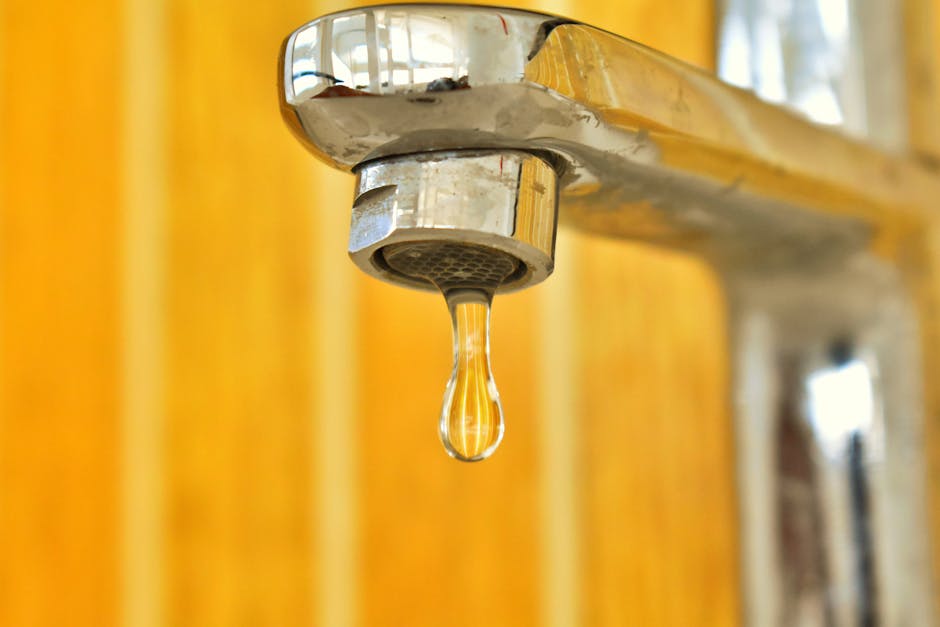Water Conservation in the Workplace: Strategies for Sustainable Resource Management
“Water conservation is becoming increasingly critical for businesses as freshwater resources face growing pressure worldwide. This article explores practical strategies for implementing effective water conservation measures in the workplace, highlighting the business benefits of sustainable water management practices while providing actionable steps for facility managers, HR professionals, and IT leaders to create a water-conscious organizational culture. ”

Water Conservation in the Workplace: Strategies for Sustainable Resource Management
Water conservation is the practice of using water efficiently to reduce unnecessary water usage. As freshwater becomes an increasingly scarce resource globally, organizations have both an environmental responsibility and financial incentive to implement effective water management strategies. This article explores practical approaches to water conservation in the workplace and the significant benefits these initiatives can bring to your organization.

Why Water Conservation Matters for Businesses
The Global Water Crisis
Water scarcity is a growing global issue affecting communities, ecosystems, and businesses worldwide. According to environmental experts, water stress is intensifying due to climate change, population growth, and increasing industrialization. For businesses, understanding the importance of water conservation is not just about environmental stewardship—it's about ensuring operational resilience in the face of potential water shortages and rising costs.
Business Benefits of Water Conservation
Implementing water conservation measures in your workplace offers several tangible benefits:
-
Cost Reduction: Efficient water use directly translates to lower utility bills. Organizations that implement comprehensive water conservation programs often see significant reductions in operational expenses.
-
Enhanced Corporate Image: Demonstrating environmental responsibility through water conservation initiatives can strengthen your brand reputation among customers, partners, and employees who increasingly value sustainability.
-
Regulatory Compliance: Staying ahead of water usage regulations can help your organization avoid potential fines and restrictions, particularly in regions facing severe water stress.
-
Operational Resilience: Businesses that optimize their water usage are better positioned to maintain operations during drought conditions or water supply disruptions.
Practical Water Conservation Strategies for the Workplace
Conduct a Water Audit
The first step in any effective water conservation program is understanding your current usage patterns. A comprehensive water audit helps identify:
- High-consumption areas within your facility
- Inefficient fixtures or equipment
- Potential leaks or water waste
- Opportunities for immediate improvements
Consider engaging professional auditors or utilizing smart water monitoring systems to gain detailed insights into your organization's water consumption patterns.

Upgrade to Water-Efficient Fixtures
One of the most straightforward ways to reduce water consumption is by installing efficient fixtures throughout your facility:
- Low-Flow Faucets: Modern sensor-activated faucets can reduce water usage by up to 70% compared to conventional models.
- High-Efficiency Toilets: Replacing older toilets with ultra-low volume (ULV) 1.6-gallon flush models can represent a 70% savings in water and cut indoor water use by approximately 30%.
- Waterless Urinals: These fixtures can save thousands of gallons annually in high-traffic restrooms.
- Efficient Dishwashers: In workplace kitchens, ENERGY STAR-rated dishwashers use approximately half the water of older models, potentially saving around 5,000 gallons each year.
Implement Smart Irrigation Practices
For organizations with landscaped grounds, outdoor water usage often represents a significant portion of total consumption:
- Install smart irrigation controllers that adjust watering schedules based on weather conditions and soil moisture levels
- Replace conventional sprinklers with drip irrigation systems that deliver water directly to plant roots
- Choose drought-resistant, native landscaping that requires minimal supplemental watering
- Use soil moisture meters to prevent over- or under-watering gardens and landscaped areas
Leverage Technology for Water Management
Modern technology offers powerful tools for water conservation:
- Smart Water Meters: These devices provide real-time data on water usage, helping facility managers identify unusual consumption patterns that might indicate leaks or inefficiencies.
- Leak Detection Systems: Advanced sensors can automatically detect and alert maintenance staff to leaks before they cause significant waste or damage.
- Water Recycling Systems: Consider implementing greywater systems that capture and treat water from sinks and showers for reuse in irrigation or toilet flushing.
- Rainwater Harvesting: Collection systems can capture rainwater for landscape irrigation and other non-potable uses.
Creating a Water-Conscious Organizational Culture
Employee Education and Engagement
Technical solutions are only part of effective water conservation. Creating lasting change requires building a culture of awareness and responsibility:
-
Develop Training Programs: Educate employees about the importance of water conservation and specific actions they can take in the workplace.
-
Create Visual Reminders: Post informative signage near water fixtures with conservation tips and data on the impact of water-saving behaviors.
-
Recognize Conservation Efforts: Implement recognition programs that celebrate departments or individuals who contribute to water conservation goals.
-
Share Progress Reports: Regularly communicate water usage data and conservation achievements to maintain momentum and demonstrate the impact of collective efforts.

Establish Water Conservation Policies
Formalize your organization's commitment to water conservation through clear policies:
- Set specific, measurable water reduction targets
- Establish procedures for reporting leaks or water waste
- Incorporate water efficiency considerations into procurement processes
- Include water conservation responsibilities in relevant job descriptions
Industry-Specific Water Conservation Approaches
Office Environments
In traditional office spaces, focus on:
- Installing sensor-based faucets in restrooms and break areas
- Upgrading to water-efficient appliances in kitchens
- Implementing water-saving practices in cleaning operations
- Educating employees about simple conservation habits
Manufacturing Facilities
Manufacturing operations typically have more complex water needs:
- Implement closed-loop cooling systems to recirculate water
- Optimize process water usage through efficiency improvements
- Install water treatment systems that allow for water reuse
- Conduct regular equipment maintenance to prevent leaks and inefficiencies
Educational Institutions
Schools and universities can focus on:
- Upgrading to efficient fixtures in high-traffic restrooms
- Installing smart irrigation for athletic fields and campus grounds
- Implementing educational programs that engage students in conservation efforts
- Incorporating water efficiency into science curriculum and campus sustainability initiatives
Measuring Success and Continuous Improvement
Tracking Water Conservation Metrics
Establish key performance indicators (KPIs) to measure the effectiveness of your water conservation efforts:
- Total water consumption (gallons per month/year)
- Water usage per employee or per square foot
- Cost savings from reduced water bills
- Return on investment for water-efficient equipment
Continuous Improvement Strategies
Water conservation is an ongoing process that requires regular evaluation and refinement:
-
Regular Audits: Conduct periodic water audits to identify new opportunities for improvement.
-
Stay Current with Technologies: Continuously research emerging water conservation technologies and best practices.
-
Benchmark Performance: Compare your water usage metrics against industry standards and leading organizations.
-
Adapt to Changing Conditions: Adjust your water conservation strategies based on changing climate conditions, business operations, or regulatory requirements.
Conclusion: The Future of Workplace Water Conservation
As water scarcity becomes an increasingly pressing global issue, organizations that proactively implement comprehensive water conservation strategies will be better positioned for long-term success. By combining efficient technologies, thoughtful policies, and employee engagement, businesses can significantly reduce their water footprint while realizing substantial cost savings.
Water conservation represents a rare opportunity where environmental responsibility aligns perfectly with business interests. By taking action today to optimize water usage in your workplace, you're not only contributing to global sustainability efforts but also strengthening your organization's operational resilience and bottom line.
The journey toward water conservation is continuous, but even small steps can lead to significant impacts when implemented consistently across an organization. Start with a thorough assessment of your current water usage, identify the most impactful opportunities for improvement, and build a culture that values this precious resource at every level of your operations.